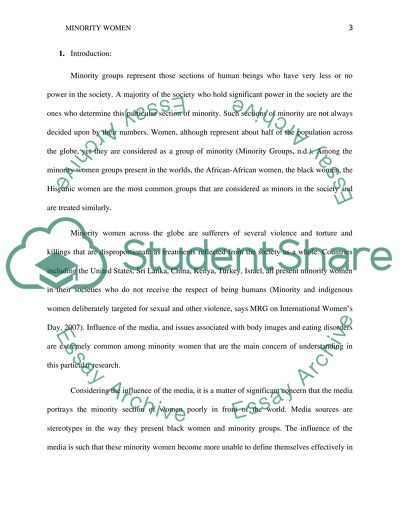Cite this document
(“Minority Women: Body Image, Eating Disorders, and Media Influence Research Paper”, n.d.)
Minority Women: Body Image, Eating Disorders, and Media Influence Research Paper. Retrieved from https://studentshare.org/gender-sexual-studies/1495300-minority-women-body-image-eating-disorders-and
Minority Women: Body Image, Eating Disorders, and Media Influence Research Paper. Retrieved from https://studentshare.org/gender-sexual-studies/1495300-minority-women-body-image-eating-disorders-and
(Minority Women: Body Image, Eating Disorders, and Media Influence Research Paper)
Minority Women: Body Image, Eating Disorders, and Media Influence Research Paper. https://studentshare.org/gender-sexual-studies/1495300-minority-women-body-image-eating-disorders-and.
Minority Women: Body Image, Eating Disorders, and Media Influence Research Paper. https://studentshare.org/gender-sexual-studies/1495300-minority-women-body-image-eating-disorders-and.
“Minority Women: Body Image, Eating Disorders, and Media Influence Research Paper”, n.d. https://studentshare.org/gender-sexual-studies/1495300-minority-women-body-image-eating-disorders-and.


